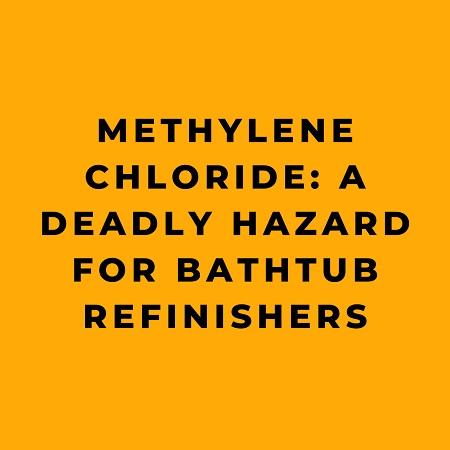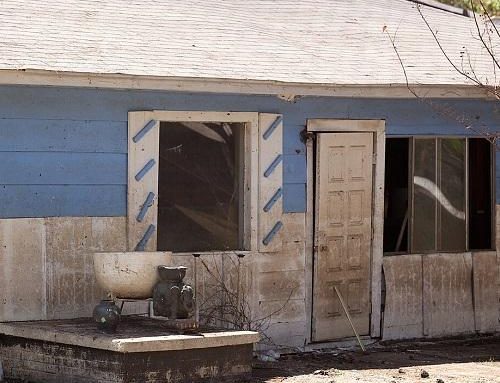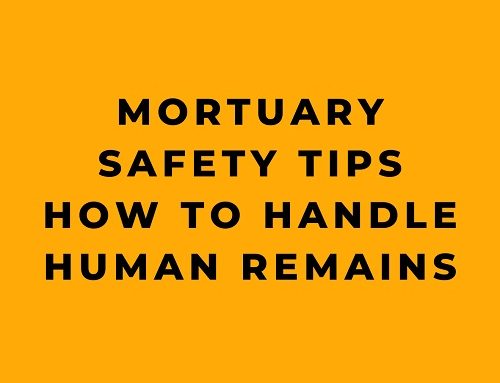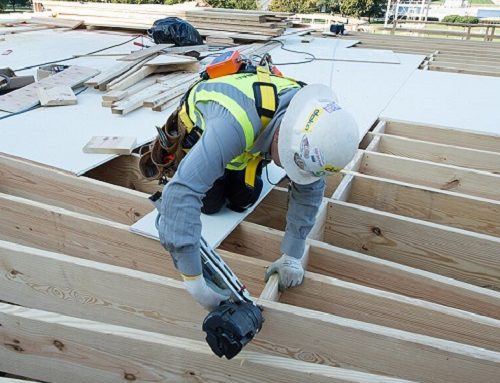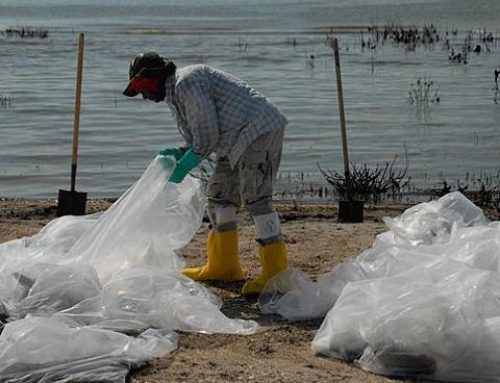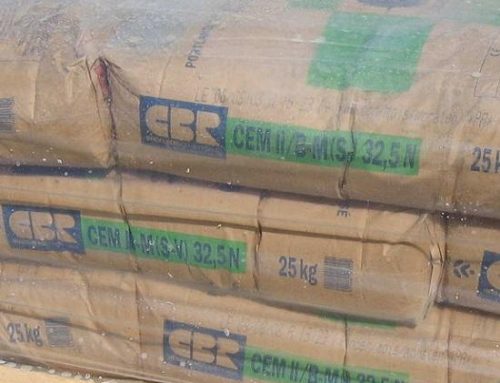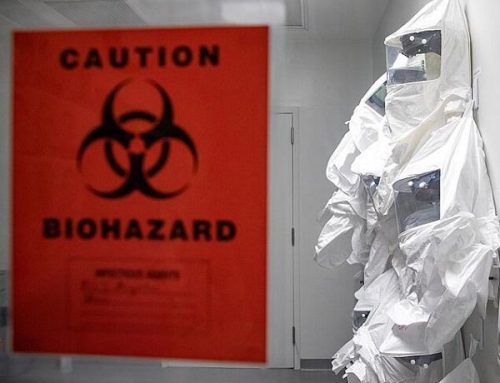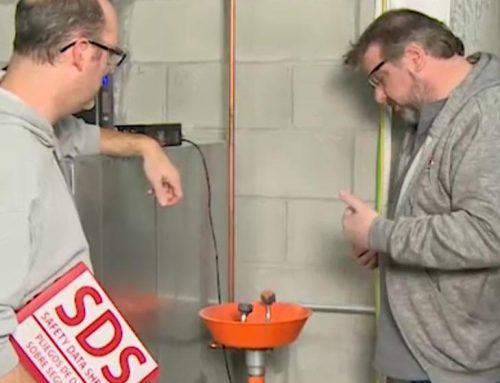Bathtub refinishing can be a dangerous occupation. Workers tasked with restoring old tubs face exposure to harmful chemicals that can have severe health consequences if proper safety precautions are not taken. One chemical, in particular, methylene chloride, has proven especially hazardous, resulting in at least 14 deaths of bathtub refinishers in the U.S. since 2000, according to the Occupational Safety and Health Administration (OSHA) and the National Institute for Occupational Safety and Health (NIOSH).
What is Bathtub Refinishing and Why is it Hazardous?
Bathtub refinishing involves resurfacing old, worn-down bathtubs to improve their appearance and function. To refinish a tub, workers first remove the old finish by stripping it with chemicals. This stripping agent often contains dangerously high concentrations of methylene chloride, a volatile solvent also known as dichloromethane. Workers apply this chemical inside the tub to dissolve away layers of old paint and enamel.
Once stripped, the tub is then recoated with a new finish, typically a synthetic polymer resin that forms a protective barrier over the bare tub surface. This process of stripping and re-coating allows bathtubs that would otherwise be discarded to remain in use. However, methylene chloride fumes emitted during chemical stripping can quickly accumulate within the small, enclosed spaces of bathrooms. Without proper ventilation and safety gear, bathtub refinishing can easily turn deadly.
What Exactly is Methylene Chloride and Why is it So Dangerous?
Methylene chloride is a volatile, chlorinated solvent with a sweet, ether-like odor. Given its rapid evaporation rate and ability to dissolve substances like paints and varnishes, it is a common ingredient in chemical paint strippers and removers. When sprayed, brushed, or poured over a surface, methylene chloride softens and lifts away old finishes as it volatizes into a vapor. This makes it an effective paint stripper, but also an extremely hazardous substance if handled without caution.
In an improperly ventilated bathroom, just a few ounces of methylene chloride-based stripper can fill the air with dangerous concentrations of vapor. According to safety data sheets, some stripping products consist of over 90%methylene chloride. As little as 3-6 ounces of this concentrated chemical can prove fatal if inhaled in a confined space. Additionally, because methylene chloride vaporizes quickly and feels cool against the skin, chemical burns can easily occur from prolonged skin contact without noticing discomfort right away.
Once inhaled, methylene chloride vapor causes central nervous system depression. Initial symptoms include dizziness, mental confusion, nausea, and headaches. But at higher exposures, methylene chloride can cause unconsciousness and sudden death from respiratory paralysis and arrhythmia. The chemical is also metabolized into carbon monoxide inside the body which reduces oxygen transport in the bloodstream. Pre-existing heart disease exacerbates methylene chloride’s cardiotoxic effects and vastly increases the risk of sudden heart attacks, even at exposures below OSHA’s permissible limits. Given the hazardous nature of methylene chloride vapor, bathtub refinishing imposes severe chemical risks, especially considering bathrooms are small spaces with limited ventilation.
Bathtub Refinishing Deaths and Trends
Between 2000-2012, at least 14 U.S. bathtub refinishers died from methylene chloride exposure on the job. However, the true number may be even higher given limitations in reporting systems and rapid onset of symptoms that can cause deaths to be mistakenly attributed to natural causes. Investigations into these deaths by OSHA, NIOSH, and state agencies highlight common factors that contributed to the fatal exposures:
- Use of methylene chloride-containing chemical paint strippers
- Working alone without supervision
- Under or improperly ventilated work areas
- Lack of appropriate respiratory protection
- Minimal skin protection from splashes and vapor
- No safety training on the hazards of methylene chloride
Many victims were self-employed independent contractors who performed bathtub refinishing work illegally out of rented motel rooms or customers’ homes. Operating outside of standard occupational settings, these refinishers likely lacked access to proper safety resources, ventilation equipment, and hazard training on appropriate chemical handling. However, even refinishers working for established businesses suffered exposures when working alone in bathrooms without respiratory gear or environmental controls. Ultimately, ignorance and complacency towards methylene chloride’s dangers appear largely responsible for the resulting fatalities.
Health Effects
Inhaling methylene chloride vapor causes systemic health effects throughout the body:
Central Nervous System:
Methylene chloride depresses brain activity leading to fatigue, lightheadedness, confusion and loss of concentration and coordination at lower exposures. As concentrations rise, symptoms progress to hallucinations, unconsciousness, coma and death.
Respiratory Effects:
In addition to displacing oxygen, methylene chloride vapors irritate mucous membranes of the eyes, nose and throat even at very low concentrations. But more importantly, the chemical acts as an anesthetic at higher exposures, paralyzing the respiratory muscles and reflexes that control breathing. Just a few breaths can lead to asphyxiation.
Cardiovascular Effects:
Methylene chloride also sensitizes the heart to adrenaline and lowers the threshold for stress-induced arrhythmia. Combined with the added strain of carbon monoxide induced hypoxia, heart attacks can be triggered with little warning, even at exposures below OSHA’s Permissible Exposure Limit (PEL). Pre-existing heart disease exacerbates this risk.
Metabolic Effects:
Once absorbed, methylene chloride metabolizes into carbon monoxide which reduces oxygen transport through carboxyhemoglobin formation, contributing to hypoxia. The chemical also releases chloride ions that disrupt cellular processes and are eliminated in the urine, acting as an early biomarker of exposure.
Long Term Effects:
Long-term occupational exposure has been linked to elevated cancer rates in laboratory animal studies, specifically breast and salivary gland tumors. As a potential carcinogen, OSHA regulates methylene chloride as a human carcinogen as well.
Methylene Chloride Exposure Limits and Guidelines
OSHA Methylene Chloride Permissible Exposure Limit (PEL):
25 ppm (8-hour time-weighted average)
125 ppm (15-minute short-term exposure limit)
NIOSH Recommended Exposure Limit:
lowest feasible level
ACGIH Threshold Limit Value:
50 ppm (8-hour time weighted average)
Although OSHA sets legal limits for methylene chloride in the workplace, adverse health effects can occur below these levels. Organizations like the American Conference of Government Industrial Hygienists (ACGIH) recommend more conservative limits of just 50 ppm. While NIOSH asserts there are no safe levels and exposure should be minimized to the absolute lowest feasible levels using available controls. So although OSHA regulates the legal maximum exposures, small amounts of methylene chloride should be avoided entirely.
Reducing Methylene Chloride Hazards
The optimal control strategy involves completely eliminating methylene chloride usage through substitution with less toxic alternatives. Possible substitutes include:
- Phenolic paint strippers
- Benzyl alcohol paint strippers
- Soy-based paint strippers
- Abrasive media blasting (with proper PPE for airborne dust exposure)
However, these options may lack effectiveness compared to methylene chloride for bathtub refinishing needs. Alternatively, the most protective strategy when using methylene chloride strippers is to minimize their application during the stripping process using these precautions:
Work Practice Controls:
- Apply minimally using brushes and not high dispersal spray methods
- Remove bulk finishing with scrapers before chemical stripper application
- Use long handled tools to maximize distance from tub during application
Engineering Controls:
- Provide proportional local exhaust ventilation to generate at least 100 feet per minute capture velocity at stripper source
- Install make-up air to avoid contamination from the exhaust duct inlet
Administrative Controls:
- Restrict access to application area to only staff wearing appropriate PPE
- Post signs outside application space warning others not to enter
- Develop detailed standard operating procedures for stripper handling
Personal Protective Equipment:
- Full-facepiece pressure demand supplied-air respirator
- Air-impermeable clothing & outer protective layer
- Gloves tested to resist methylene chloride permeation
- Face shield, goggles, and apron
If implementing controls cannot decrease methylene chloride vapor below 25 ppm (OSHA’s PEL), then the above PPE must be utilized to prevent inhalation and skin exposure. Employers should also monitor workplace air to verify vapor levels.
Additionally, OSHA requires medical surveillance programs with annual physical exams for any workers exposed above 12.5 ppm (OSHA’s action level) for 30+ days a year. This program necessitates proper air sampling to quantify exposures. Workers must also receive comprehensive hazard training on respirator use, safe handling procedures, exposure hazards and their rights under OSHA regulation for methylene chloride usage.
With vigilance and proper safety protocols, these 14 known deaths could have been entirely prevented. While methylene chloride continues seeing commercial use for various applications like bathtub refinishing, employers must take appropriate responsibility for protecting their workers given the long-established hazards. For bathtub refinishing specifically, alternative non-toxic stripping agents pose far less risks when properly used. However the onus ultimately lies on informed employers to guarantee their employees safety in any occupation involving methylene chloride through strict adherence to OSHA standards and recommended guidelines. No standard can ever completely predict all possible scenarios, but if seriously following both the letter and spirit of hazard guidance, methylene chloride-related deaths and illness become entirely preventable. Workers should not bear the cost of production with their health when ample means exist to operate safely for any application.


